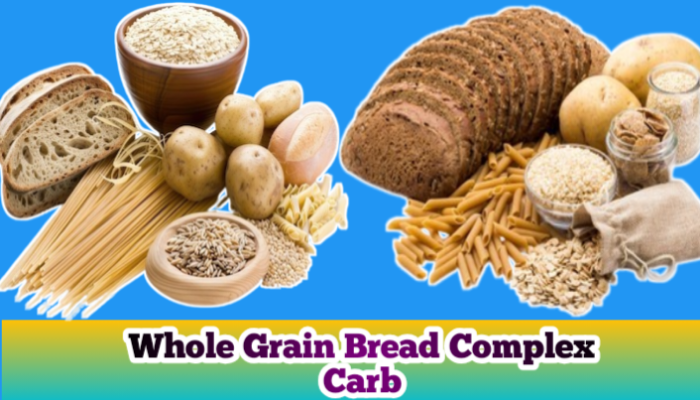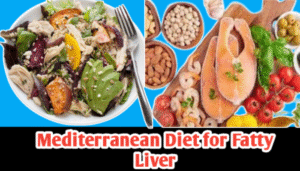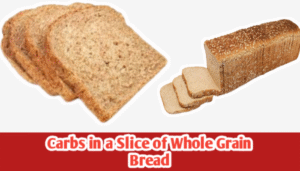Whole Grain Bread Complex Carb Whole grain bread is made using all parts of the grain kernel—the bran, germ, and endosperm. Unlike refined white bread, it retains fiber, vitamins, minerals, and protein, making it a nutrient-dense source of carbohydrates. As a complex carbohydrate, whole grain bread provides sustained energy, stabilizes blood sugar, and supports overall health, making it ideal for daily meals, fitness routines, and balanced diets.
1. Understanding Complex Carbohydrates
Carbohydrates are the body’s primary energy source and are classified into simple and complex carbs:
1.1 Simple vs Complex Carbs
- Simple Carbs: Found in sugar, white bread, pastries, and soft drinks. They are quickly digested, providing rapid energy but often causing blood sugar spikes.
- Complex Carbs: Found in whole grains, oats, legumes, and vegetables. They digest slowly, providing steady, long-lasting energy and keeping you full longer.
1.2 Role of Complex Carbs in Energy Production
- Complex carbs are broken down into glucose, which fuels the brain and muscles.
- Excess glucose is stored as glycogen in the liver and muscles, essential for endurance, daily activity, and workouts.
- Fiber in complex carbs slows digestion, preventing rapid blood sugar fluctuations.
2. Why Whole Grain Bread is a Complex Carb
Whole grain bread qualifies as a complex carbohydrate due to several reasons:
2.1 Structure of Whole Grains
- Includes bran, germ, and endosperm, retaining natural fiber, vitamins, and minerals.
- The intact structure slows digestion, allowing gradual glucose release into the bloodstream.
2.2 Fiber Content and Digestive Benefits
- Whole grain bread contains 2–5 grams of fiber per slice.
- Fiber aids in digestive health, improves gut microbiota, and enhances satiety.
2.3 Slow Digestion and Sustained Energy
- Complex starches in whole grain bread take longer to digest than refined carbs.
- Provides long-lasting energy for work, study, or physical activity.
3. Carbohydrate Profile of Whole Grain Bread
3.1 Total Carbs per Slice
- A typical slice contains 12–20 grams of carbohydrates, depending on brand and thickness.
3.2 Fiber Content
- Provides 2–5 grams of dietary fiber, contributing to satiety, digestion, and blood sugar control.
3.3 Starch vs Natural Sugars
- Starch is the primary energy source, while small amounts of natural sugars provide gradual energy release.
- Whole grain bread contains minimal added sugar compared to white bread.
4. Health Benefits of Whole Grain Bread as a Complex Carb
4.1 Sustained Energy Release
- Slow digestion ensures steady energy, preventing mid-meal fatigue.
4.2 Digestive Health
- High fiber content promotes regular bowel movements and supports a healthy gut microbiome.
4.3 Blood Sugar Control
- Slower glucose release helps stabilize insulin levels, beneficial for diabetes prevention and management.
4.4 Heart Health
- Whole grains help lower LDL cholesterol and reduce cardiovascular risk.
4.5 Weight Management
- High fiber increases satiety, reducing overall calorie intake and aiding weight control.
5. Glycemic Index of Whole Grain Bread
5.1 Comparison with White Bread
- Whole grain bread has a lower GI (50–65) compared to white bread (70–75).
- Lower GI means slower digestion, more stable blood sugar, and prolonged energy.
5.2 Effect on Blood Sugar Levels
- Ideal for prevention of insulin spikes, supporting weight management and metabolic health.
- Helps maintain energy levels without sudden crashes.
6. Incorporating Whole Grain Bread in a Balanced Diet
6.1 Ideal Portion Sizes
- One or two slices per meal are sufficient for most adults.
- Combine with protein and healthy fats for balanced nutrition.
6.2 Meal Pairing Ideas
- Breakfast: Whole grain bread with eggs, avocado, or peanut butter.
- Lunch: Sandwich with lean protein and veggies.
- Pre-workout: Pair with banana or honey for added carbs.
6.3 Pre-Workout and Post-Workout Meals
- Pre-workout: Provides sustained energy for endurance activities.
- Post-workout: Helps replenish glycogen stores when paired with protein.
7. Potential Considerations and Common Myths
7.1 Gluten Sensitivity
- Whole grain bread contains gluten, safe for most people.
- Those with celiac disease or gluten intolerance should choose gluten-free whole grain options.
7.2 Carbs and Weight Gain Myths
- Complex carbs do not inherently cause weight gain.
- Excess calories, not carbs themselves, lead to weight gain.
7.3 Overconsumption Risks
- Eating excessive slices without balancing protein, fat, and fiber may contribute to calorie surplus.
- Moderation is key for healthy carb intake.
8. Conclusion
Whole grain bread is a nutrient-dense, complex carbohydrate that provides sustained energy, fiber, and essential nutrients. When incorporated wisely into a balanced diet with protein and healthy fats, it supports. Whole grain bread is not just a source of carbs—it’s a smart choice for long-term health and balanced nutrition.










